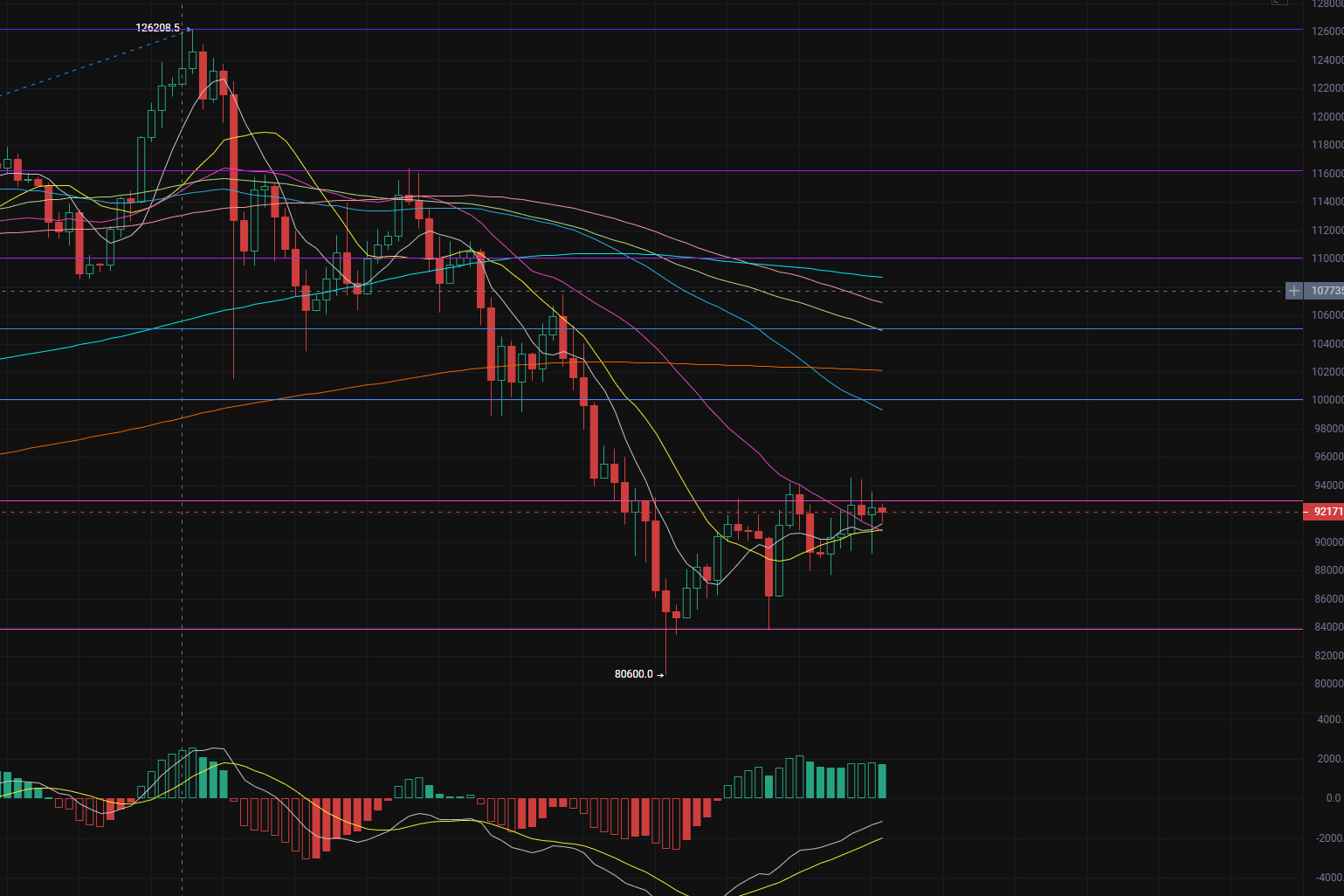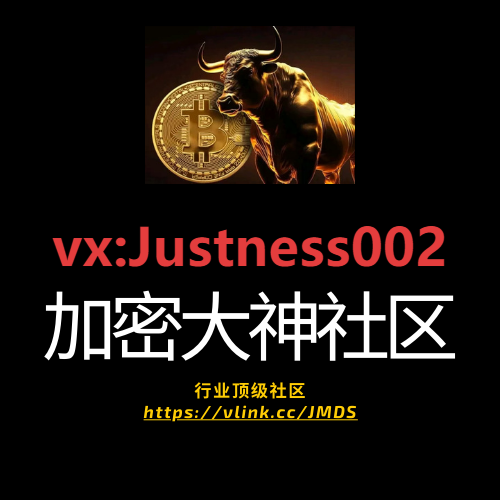In the midst of strategizing, we decide victories from thousands of miles away. Hello everyone, I am Lin Chao, a global financial market observer, focusing on cryptocurrency market analysis, bringing you the most in-depth trading information analysis and technical teaching.
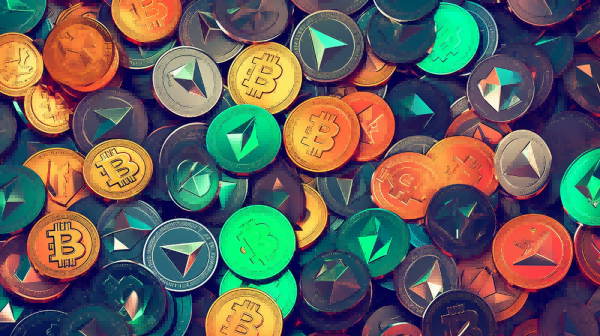
Many fans have sent private messages asking whether we have entered a bear market, whether to sell the spot assets in hand, and whether to open short contracts for hedging preparation. Regarding these questions, Lin Chao has already explained clearly in previous articles that regardless of the tools used for investment, whether spot or contracts, it depends on everyone's holding period. The cryptocurrency market itself is highly volatile, and I have always reminded everyone that it is a matter of risk management. However, my judgment on the trend has never wavered; in the long term, we are definitely at the beginning of a slow bull market. No market rises in an instant, even in the highly volatile cryptocurrency market. If you are a long-term holder of crypto assets, you must remain patient. Even if the spot assets in hand have retraced below the principal, what we can change is the way and tools of investment, not panic-selling assets, as this will only cause your funds to continuously shrink in the overall fluctuations.
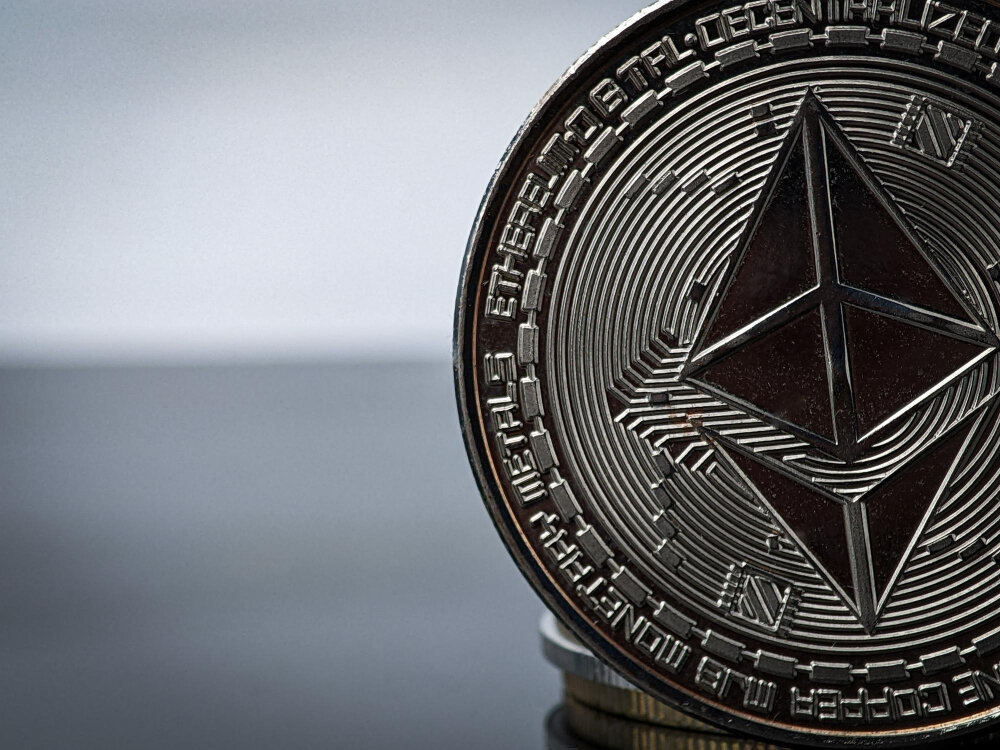
From a broader perspective, how should we judge the trend? Are we currently in a bull market or a bear market? To accurately determine the current trend, we need to understand that there is a strong positive correlation between the cryptocurrency market and the liquidity of funds in the United States. We can understand this as a causal chain driven by macroeconomics, transmitted through financial market sentiment and capital flow. In previous articles, Lin Chao introduced the potential impacts of "tapering" and "expansion" on the financial market (see the detailed article "Tapering Ends, Igniting a Comprehensive Bull Market") and the definitions of easing and tightening cycles. Today, Lin Chao will guide you to judge the current trend from a larger cycle with a macro perspective.
As we all know, cryptocurrency assets are currently viewed as high-risk, high-volatility speculative assets by the global mainstream financial market. Therefore, their performance is closely related to the abundance of global dollar liquidity, with the United States being the source of global capital and the Federal Reserve acting as the "global central bank," whose monetary policy is the core determinant of global dollar liquidity.
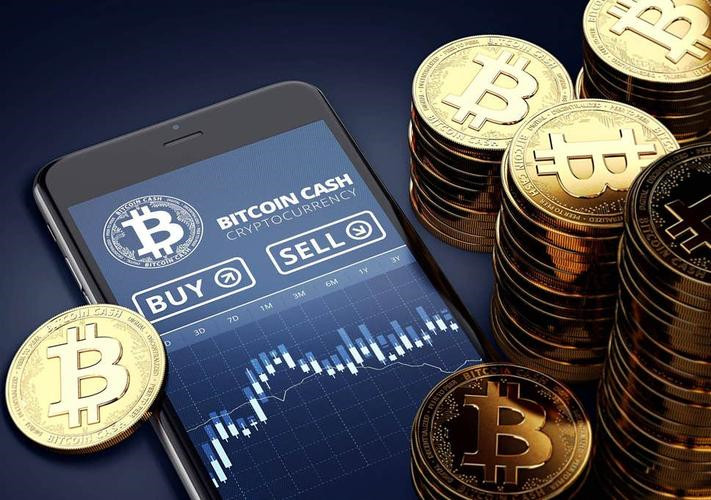
Liquidity Easing Cycle (Bull Market Engine)
The Federal Reserve implements an easing monetary policy, lowering the federal funds rate (interest rate cuts) and conducting quantitative easing (QE - injecting dollars into the market by purchasing government bonds and other assets). Market interest rates drop to extremely low levels, and the dollar liquidity in the entire financial system becomes very abundant, with low borrowing costs.
Funds seek high returns: Traditional low-risk assets (such as government bonds and savings accounts) have extremely low yields, even negative (after adjusting for inflation). This forces investors, hedge funds, family offices, and others to seek assets that can provide higher returns globally. This is the so-called "chasing risk" behavior. Flowing into risk assets: Funds first flow into the stock market (especially high-growth sectors like tech stocks), and then further into emerging markets and cutting-edge risk assets like cryptocurrencies. Low borrowing costs encourage investors to use leverage (borrow money) for investment. In the crypto market, this manifests as institutions purchasing cryptocurrencies through low-interest dollar loans. Individuals engage in collateralized lending on CeFi (centralized finance) and DeFi (decentralized finance) platforms, amplifying trading positions. Abundant liquidity drives up the prices of all assets, creating a strong wealth effect and FOMO sentiment, attracting more retail and institutional funds into the crypto market, forming a positive feedback loop.
Therefore, the necessary steps in a bull market are: The Federal Reserve injects liquidity → Market funds flood in → Funds flow into high-risk assets → Crypto market liquidity is abundant, leverage increases → Prices skyrocket.
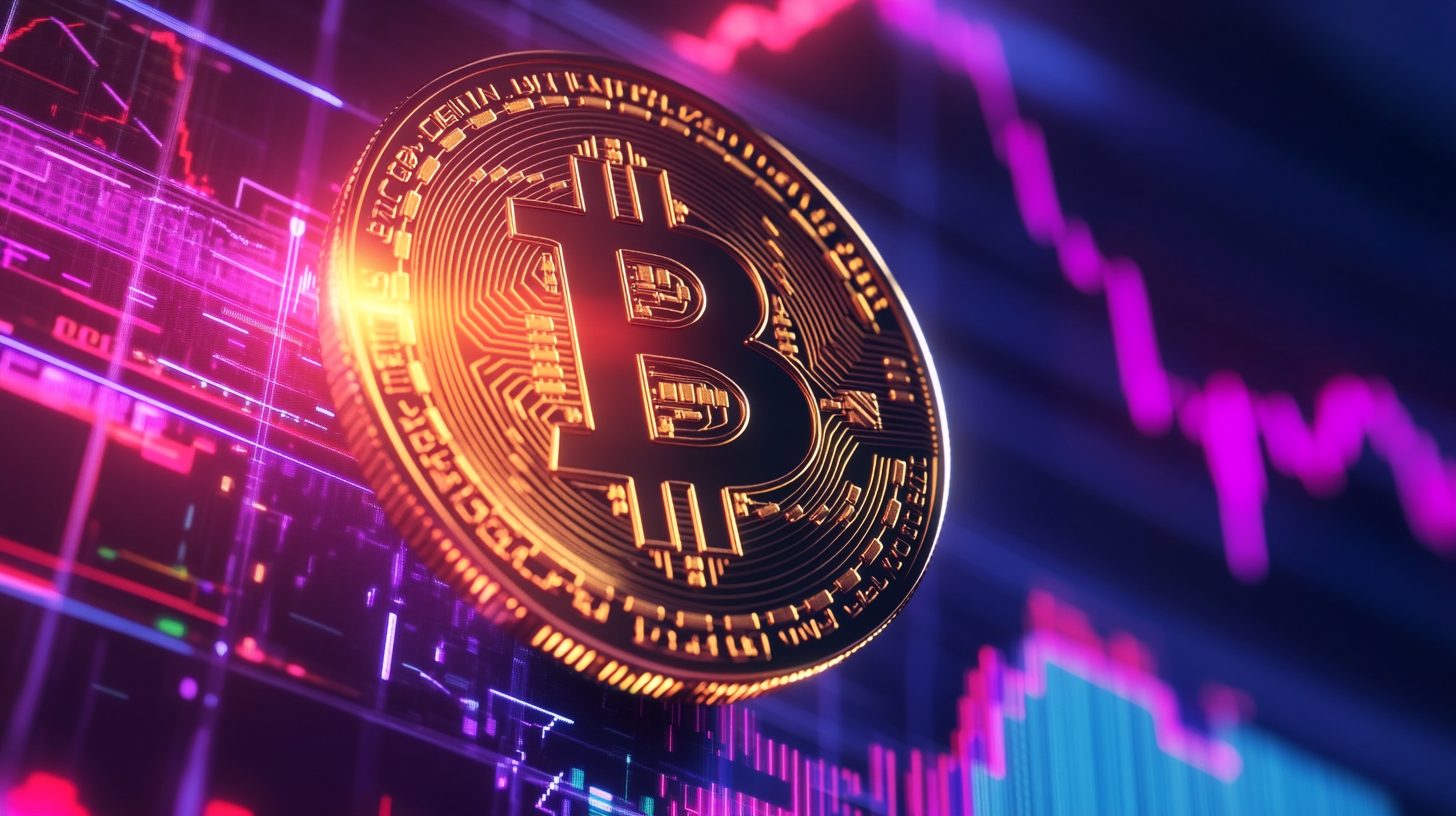
Liquidity Tightening Cycle (Bear Market Driver)
The Federal Reserve implements a tightening monetary policy, raising the federal funds rate (interest rate hikes) and conducting quantitative tightening (QT - stopping purchases or actively selling assets to withdraw dollars from the market). Market interest rates rise, dollar liquidity tightens, and borrowing costs become expensive. The attractiveness of "risk-free" rates increases: The yields on safe assets like U.S. Treasuries become attractive. Funds begin to withdraw from high-risk assets and return to "risk-free" or low-risk assets. This is "fleeing risk."
Liquidity exhaustion and deleveraging: Institutions and individuals holding crypto assets face higher borrowing costs and are forced to sell some crypto assets to repay debts or reduce leverage. In a declining market, the value of cryptocurrencies used as loan collateral shrinks, triggering forced liquidation lines on platforms, leading to a chain of liquidations and accelerating price declines. Market sentiment shifts from greed to fear, and investors tend to hold cash (dollars) to cope with uncertainty and potential losses. The crypto market, as the end of the risk spectrum, is the first to face sell-offs. The global return of dollars to the U.S. exacerbates the dollar liquidity shortage in other markets (including the crypto market).
Therefore, the necessary steps in a bear market are: The Federal Reserve withdraws liquidity → Market funds tighten → Funds withdraw from high-risk assets → Crypto market liquidity exhausts, passive deleveraging → Prices plummet.
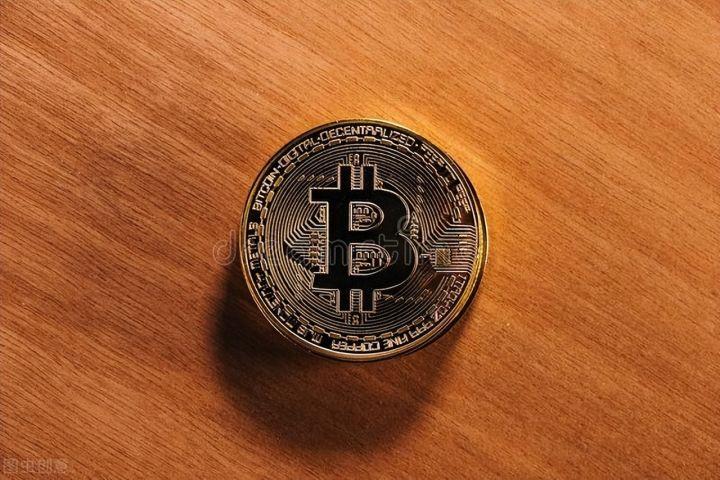
In addition to the above fundamental arguments, there are several key points that need special attention:
Dollar Index (DXY): Generally, a strong dollar (DXY rising) is bearish for the crypto market, as it indicates global dollar tightening and funds returning to the U.S., putting pressure on risk assets.
A weak dollar (DXY falling) is bullish for the crypto market, as it means global dollar liquidity is relatively abundant, favoring the flow of funds into non-dollar assets and risk assets. In yesterday's article, we already broke down that the current phase is gradually shifting from a strong dollar to a weak dollar phase.
Stablecoins: Stablecoins (such as USDT, USDC) are the core bridge connecting traditional finance and the crypto world.
When investors want to enter the crypto market, they usually first purchase stablecoins. The total supply of stablecoins can be seen as the "M2" money supply within the crypto ecosystem. Historical data shows that the growth of the total supply of stablecoins is highly synchronized with the growth of the total market capitalization of the crypto market. When the supply of stablecoins contracts, it often signals a shrinkage of market liquidity and the onset of a bear market. However, in the past six months, the issuance of stablecoins has been gradually increasing.
Changes in institutional behavior: During liquidity easing periods, publicly traded companies like MicroStrategy and Tesla hold Bitcoin as reserve assets on their balance sheets.
During liquidity tightening periods, these institutions may pause purchases or even sell due to cash needs, putting immense pressure on the market. The approval of Bitcoin spot ETFs has made it easier for traditional funds to enter the crypto market, which also means that the correlation between the crypto market and U.S. stocks (especially tech stocks) will further strengthen. Especially after Trump took office, there was even a time when U.S. pension funds were allowed to enter the crypto market, indicating that a government-driven crypto bull market is also brewing.
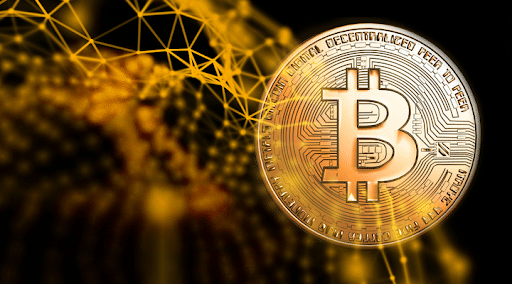
Lin Chao's Summary:
By observing historical patterns, we can find that during the 2020-2021 bull market: The outbreak of the COVID-19 pandemic led the Federal Reserve to lower interest rates to zero and initiate unprecedented unlimited QE. This resulted in massive liquidity flooding into the market, with Bitcoin soaring from about $5,000 to nearly $69,000, and the total market capitalization of the entire crypto market increasing more than tenfold.
During the 2022 bear market: High inflation prompted the Federal Reserve to begin the most aggressive interest rate hikes and QT cycle in decades. Liquidity tightened sharply, compounded by black swan events like the LUNA/UST collapse and FTX crisis, causing Bitcoin to drop from its peak to about $15,000, with the entire market capitalization evaporating by over $2 trillion. This is a classic case where "liquidity withdrawal" exposed and exacerbated vulnerabilities within the system.
From the rebound and fluctuations in 2023-2024, we can also feel that the market expects the Federal Reserve's interest rate hike cycle to end soon and that there will be a rate cut at some point in the future. Although we are still in a high-interest-rate environment, the "turning expectations" itself can boost risk appetite and drive market rebounds. At the same time, the approval of Bitcoin spot ETFs has brought structural capital inflows, resonating with macro expectations. Starting in April 2025, the market expects to align with Federal Reserve Chairman Powell's statements, and we can strongly feel the impact of market reactions after tightening controls, as well as the pressure from Trump, leading Powell's statements to become increasingly "dovish." Therefore, we conclude that we are still in the early stages of open capital liquidity, and the real bull market will have to wait until all expectations are realized and true liquidity floods the market.
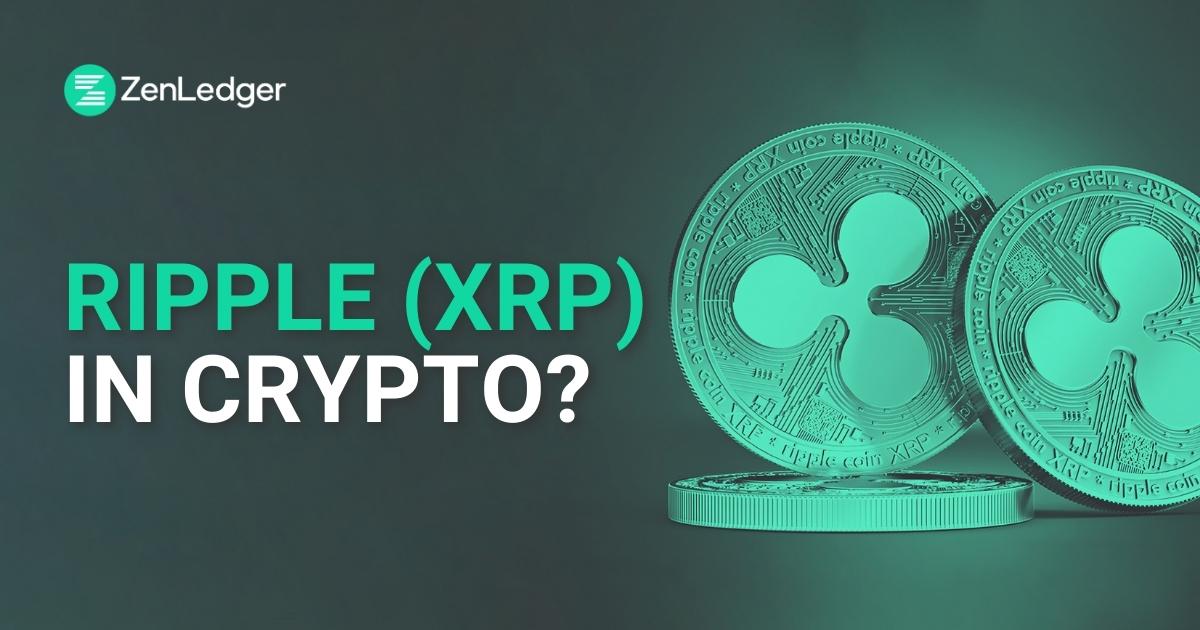
Lin Chao reminds everyone to be cautious, as the crypto market has not yet completely detached from its "high-risk asset" nature to become an independent "safe-haven asset" or "digital gold." Especially in the current turbulent international situation, more people are willing to use traditional thinking, treating gold as the primary safe-haven tool, which drives gold prices higher. However, no asset only rises without falling; when everyone rushes in, it is precisely the early stage of a bubble burst. Once gold falls from its pedestal, the liquidity it releases will further drive up the crypto market. Especially now, with the deepening participation of institutions, the launch of spot ETFs, and the gradual clarification of regulatory frameworks, the fundamentals of the crypto market are strengthening. In the long run, its price drivers may transition from purely liquidity-driven to more focused on technological adoption, practical utility, and intrinsic value.
By discussing all this, I hope everyone can have more of their own thoughts from a macro perspective when establishing their trading systems, rather than blindly following others without a goal. K-line patterns can only serve as a short-term reference for market sentiment, while the true underlying financial logic can help everyone go further on the path of long-term investment. If you have any misunderstandings about the market, feel free to message Lin Chao for a private discussion. At the same time, everyone is welcome to comment, share, and leave messages.
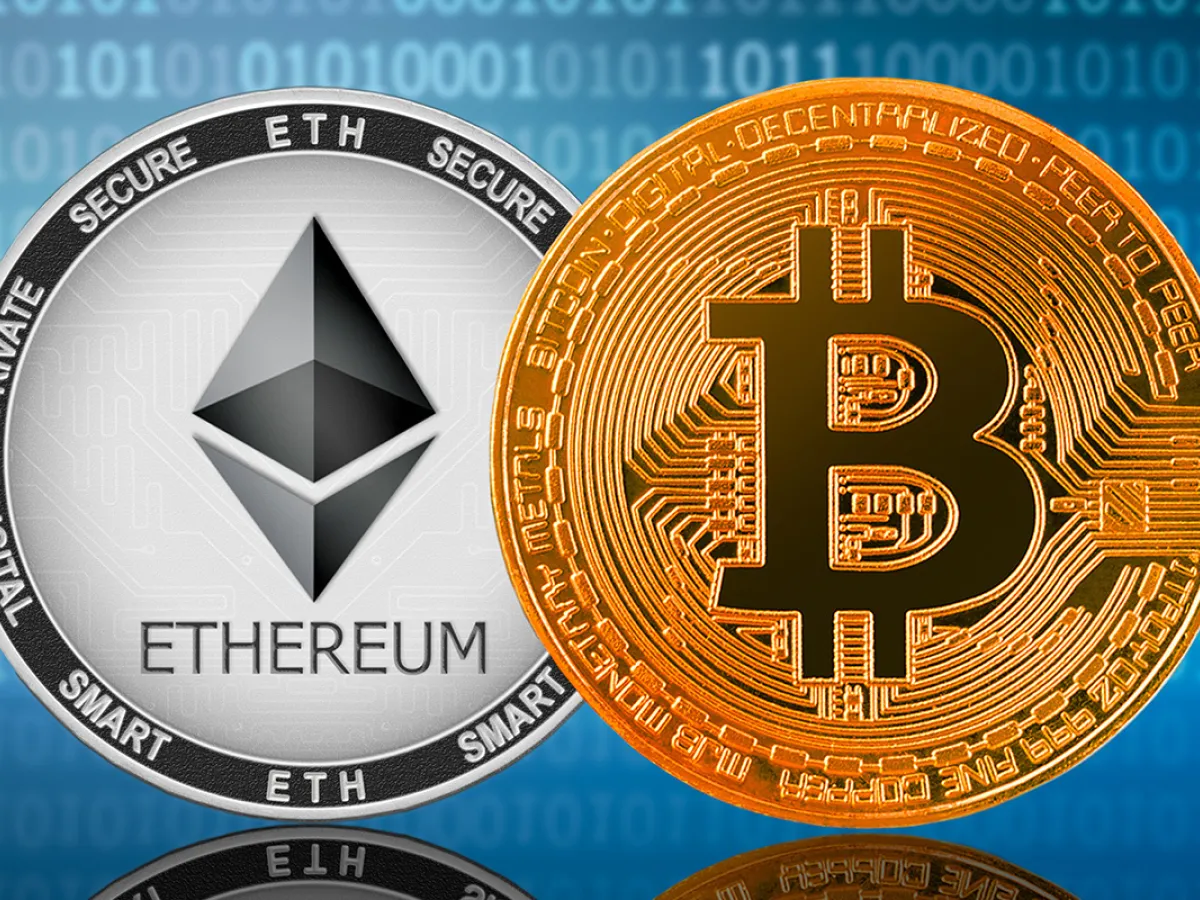
If you are feeling lost—unable to understand technology, unsure how to read charts, not knowing when to enter the market, unable to set stop losses, unclear on taking profits, randomly increasing positions, getting stuck while trying to bottom out, unable to hold onto profits, missing out on market opportunities… these are common issues for retail investors. Lin Chao can help you establish the correct trading mindset. A single profitable trade is worth more than a thousand words, and finding the right direction is better than repeatedly facing defeats. Instead of frequent operations, it is better to strike precisely, making each trade more valuable.
The success of investment depends not only on choosing good targets but also on when to buy and sell. Preserving capital and making good asset allocations are essential for steady progress in the ocean of investment. Life is like a long river flowing into the sea; what determines victory or defeat is never the gains and losses of a single pass or a moment, but rather planning before action and knowing when to stop to gain.
The global market is ever-changing, and the world is a whole. Follow Lin Chao to gain a top-tier global financial perspective.
This article is merely a personal opinion and does not constitute any trading advice. The crypto market carries risks; invest cautiously!

For real-time consultation, feel free to follow the public account: Lin Chao on Cryptocurrency.
免责声明:本文章仅代表作者个人观点,不代表本平台的立场和观点。本文章仅供信息分享,不构成对任何人的任何投资建议。用户与作者之间的任何争议,与本平台无关。如网页中刊载的文章或图片涉及侵权,请提供相关的权利证明和身份证明发送邮件到support@aicoin.com,本平台相关工作人员将会进行核查。

